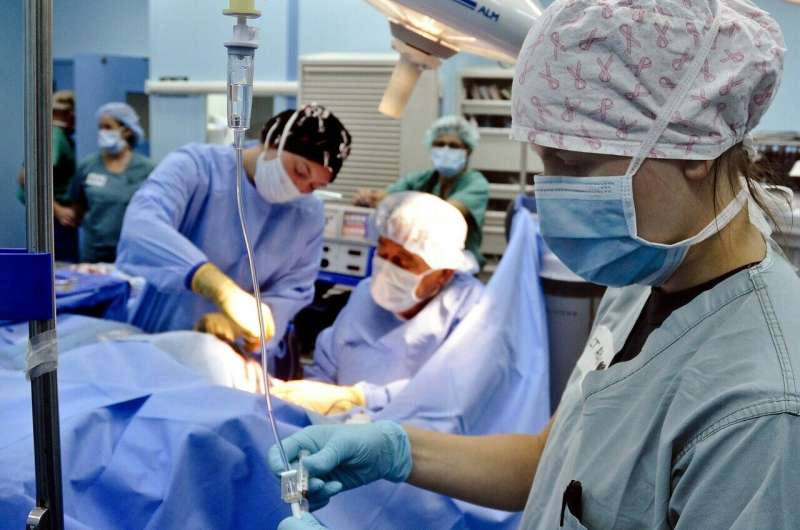Healthy Children at Risk of Severe RSV Infection: New Insights and Preventive Measures

Recent research shows that even healthy, full-term infants are at risk of severe RSV infections, prompting new preventive strategies in pediatric care.
Respiratory syncytial virus (RSV) is a common pathogen that causes respiratory infections, particularly in young children. While it is well-known that premature infants and children with underlying health conditions are more vulnerable, recent data reveal that even healthy, full-term infants can experience severe complications. A comprehensive study conducted by Karolinska Institutet in Sweden examined over 2.3 million children born between 2001 and 2022. The findings indicate that infants under three months of age, previously healthy and born at full term, are among the most affected, often requiring intensive care or prolonged hospitalization.
The study highlights that approximately 1.7% of children tested for RSV contracted the virus, with nearly 12% of those experiencing severe illness. The median age of children needing intensive care was just under two months. Several factors increase the risk of severe outcomes, including being born during winter, having siblings aged 0–3 years or twins, being small at birth, or having underlying medical conditions. Notably, a significant proportion of critically ill children had no prior health issues, emphasizing that healthy infants are also at notable risk.
This research underscores the importance of preventive strategies. Historically, protective care targeted children with pre-existing conditions, but evidence now supports expanding this protection to all infants, including healthy full-term babies. From September 10, 2025, in Sweden, all newborns will be offered preventive antibody treatment during the RSV season, providing protection for approximately six months. This approach, akin to a vaccine, aims to reduce the incidence of severe RSV infections in the most vulnerable age group.
Understanding these risk factors allows healthcare providers to better identify at-risk children and implement appropriate preventive measures. As new vaccines and antibody treatments become available, the goal is to significantly decrease RSV-related hospitalizations and complications, protecting even those previously considered low-risk.
Stay Updated with Mia's Feed
Get the latest health & wellness insights delivered straight to your inbox.
Related Articles
Innovative AI-Based Early Detection of Autism Spectrum Disorder Developed
Researchers have developed an innovative AI system that enables early detection of autism spectrum disorder in children, improving accessibility and intervention opportunities.
Breakthrough in Animal Tumor Treatment Using Radioactive Ion Beams
Researchers have successfully used radioactive ion beams to treat tumors in animals, marking a significant step forward in particle therapy technology with potential clinical applications in cancer treatment.
Residential Sulfur Dioxide Exposure Associated with Increased Risk of ALS Onset
A new study links long-term residential sulfur dioxide exposure to increased risk of developing amyotrophic lateral sclerosis (ALS), highlighting environmental factors in neurodegenerative diseases.



